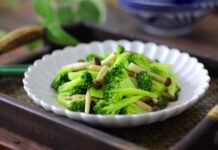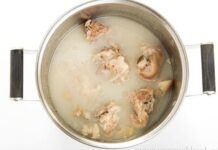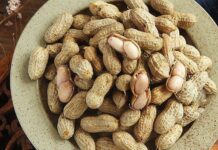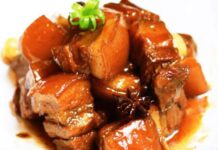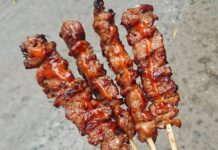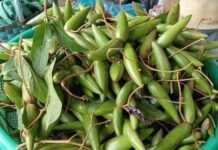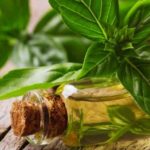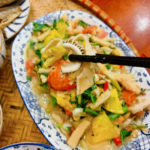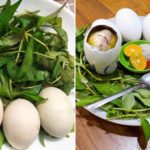1 Parsley: An Herb with a Punch
Parsley, also known as Petroselinum crispum, is an herb with a deep green hue and straight or curly leaves. It is commonly used in European cuisine to add a burst of flavor and a vibrant touch to dishes.
Native to the Mediterranean region and widely cultivated in Europe, parsley is prized for its leaves, which are packed with essential nutrients beneficial to human health.
This humble herb boasts high levels of vitamins C, B1, and B2, as well as essential minerals such as protein, potassium, carotene, iron, and sodium.

2 Types of Parsley
Parsley can be broadly categorized into two types:
- Italian Parsley: Characterized by its flat leaves and robust flavor, this variety is commonly used as a seasoning herb, especially in Italian cuisine.
- Curly Parsley: With its milder flavor and frilly leaves, curly parsley is often used as a garnish to add a touch of elegance to dishes.
Additionally, there is a third type of parsley cultivated for its root, which is rarely seen in Vietnamese cuisine.

3 The Many Uses of Parsley
Parsley is not just a nutrient-dense herb, but it also holds a place in traditional medicine as a remedy for indigestion.
Its refreshing aroma stimulates the palate, aiding in the treatment of loss of appetite and halitosis, while its essential oils help promote mental alertness.
In the kitchen, parsley is a versatile ingredient. It can be used to enhance the flavor of dishes or as a decorative garnish for dishes like fish, salads, stews, grilled dishes, soups, sauces, and even savory baked goods.
When used as a coating for grilled foods, parsley helps add a crispy texture and a vibrant green color to the dish. Dried parsley, with its intense flavor, is often used as a spice or an ingredient in baked goods.
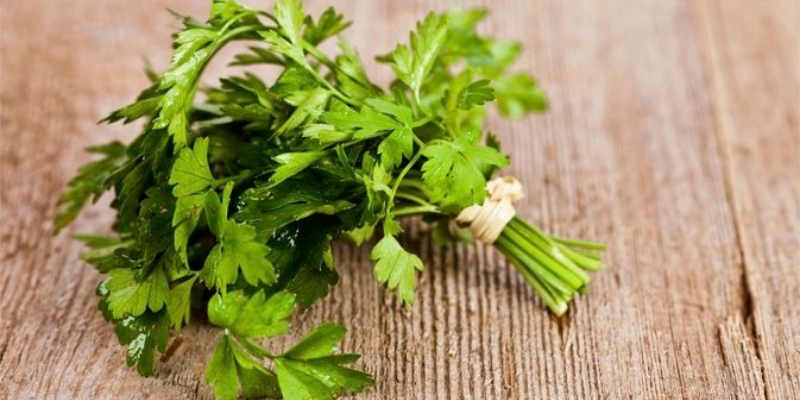
4 Distinguishing Parsley from Vietnamese Coriander
Due to their similar appearance, parsley is often mistaken for Vietnamese coriander. However, there are distinct differences between the two:
- Leaves: Parsley typically has darker green and thicker leaves compared to Vietnamese coriander.
- Stems: Parsley has larger, firmer stems that feel spongy when chewed, while Vietnamese coriander has softer, more flexible stems.
- Usage: Parsley is primarily used for its leaves, as the stems tend to be fibrous and tough. In contrast, all parts of Vietnamese coriander can be used, except for the roots.

5 How to Use Parsley
Parsley is relatively soft and quick to cook, so it is often sprinkled on dishes right before serving to retain its freshness and color.
To use parsley as a coating for dishes, blend it with dry bread crumbs, olive oil, and garlic. Apply this mixture to foods before grilling or frying for a unique flavor and texture.
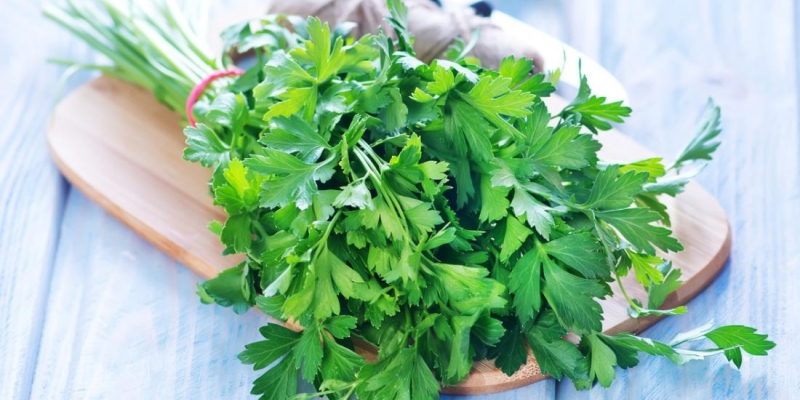
Once considered a staple in European cuisine, parsley is now gaining popularity in Vietnam. With its diverse applications and health benefits, parsley is an herb worth incorporating into your culinary repertoire.











